Lets Talk About Show Challenges Artist Share Best Advice They Received
The 2024 show season is well underway. Whether an artist is a novice or has been doing shows for decades, there are always things they can learn from one another.
Janice McElroy-Gillespie
Fiber
How long have you been doing shows?
Eight years.
What was the most difficult when you started participating in shows?
Pricing has always been the most difficult.
How did you overcome that challenge?
I only do five to six fine art juried shows a year. I try to take into consideration how much it cost to produce each piece, which includes my expenses in doing the show. Then I try to gauge a price point for buyers at the show. I keep my prices the same for all shows, as I see the same buyers at several shows. I rarely will haggle on a price. If a customer is buying more than one piece and they ask for a discount, I might give them 5% to 10% off. Don’t be afraid to say no.
What is the best advice you have received from a fellow artist?
If you are showing in galleries and shows, you need to keep your prices the same.
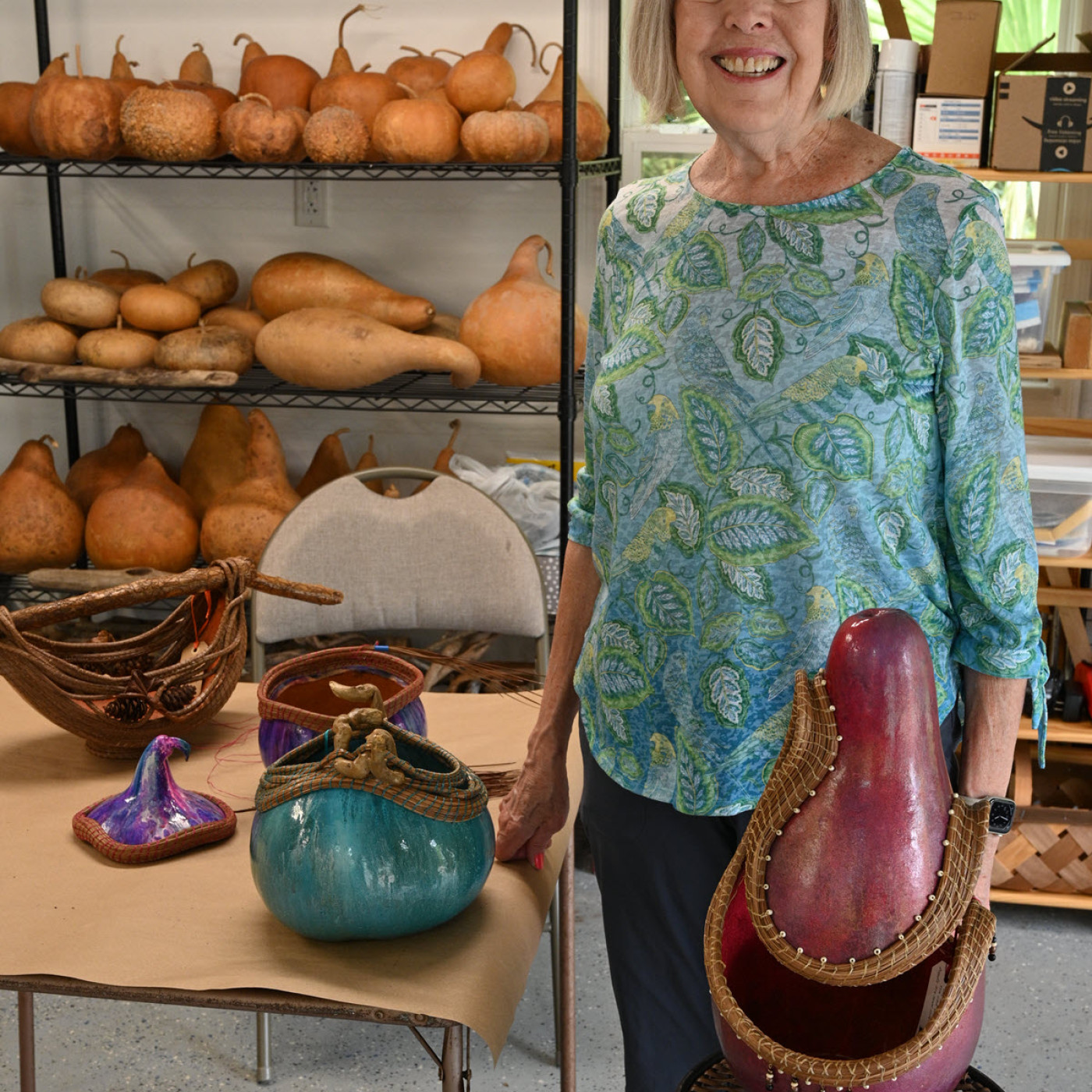
Do you have any other comments on this topic?
I like to have a people catcher! I put an unusual piece on a stand right out front. Since I am a gourd artist and my pieces look a lot like ceramic, people just stare at it. I see the confused look and start talking to them right away. This has helped with many sales.
Bill Chambers
Fine Art Photography
How long have you been doing shows?
Four years.
What was the most difficult when you started participating in shows?
Becoming organized and efficient — especially when setting up and tearing down.
How did you overcome those challenges?
Talking with other artists, seeing how they do things, and copying what seems to work best.
What is the best advice you have received from a fellow artist?
Make friends with other artists at the shows. Help them when you can, and it will be returned when you have a problem (and you will have a problem now and then).
Share a show tip you recently implemented from another artist.
How to make storage bags for my art. Another artist showed me her bags, and her husband told me where to buy everything and what I needed. That made a big difference in better protecting my artwork traveling to and from shows. They are easy to make. Here are the links to the materials:
lowes.com/pd/Reflectix-R-21-400-sq-ft-Unfaced-Reflective-Roll-Insulation-48-in-W-x-100-ft-L/1002728560
lowes.com/pd/Reflectix-2-in-x-30-ft-Reflective-Insulation-Tape/3012014
I custom size the bags for each piece of artwork, leaving about 2 inches of overage on each side. The metalized tape is great — very strong and easy to work with. The bags offer a great deal of protection.
Brian Reagan
Digital Art
How long have you been doing shows?
Sixteen years.
What was the most difficult when you started participating in shows?
Booth display is critical. We have upgraded to some extent each year. Fellow vendors have been very helpful steering us to the right events in our early days. As a result, we don’t hesitate to help the new vendors.
How did you overcome those challenges?
It was a gradual process improving each year. It costs no more to go first class.
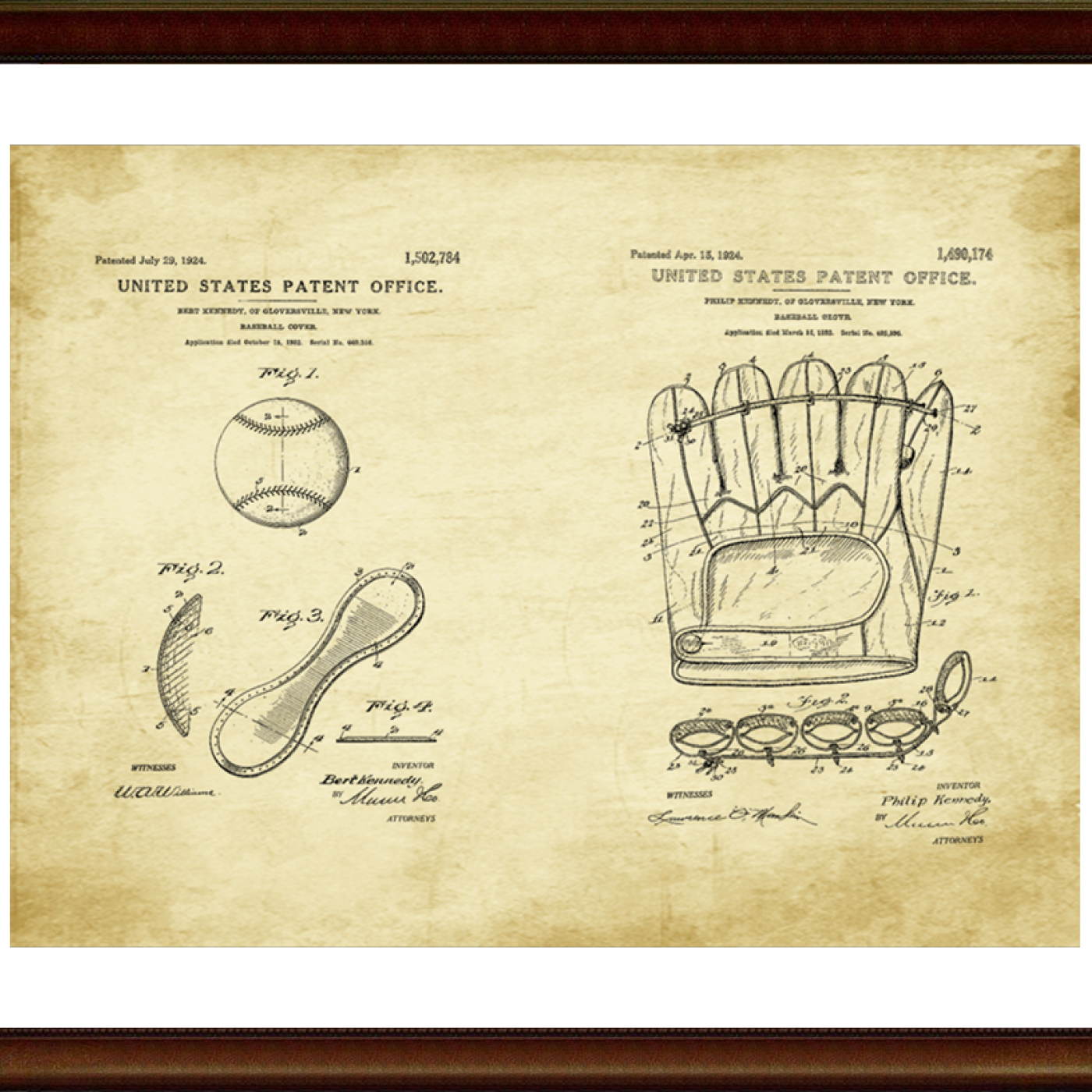
What is the best advice you have received from a fellow artist?
Before signing on for an event, ask yourself if the attendees intend to buy while they attend the event. I go to art, craft, and vintage market events exclusively because the buyers really do come to buy.
Share a show tip you recently implemented from another artist.
Reward the customer who buys three or more products from you. No other forms of discounting and by no means make the customer pay for sales tax in full. I am simply the go between the customer and the state.
Do you have any other comments on this topic?
If the attendees don’t come with an intention to buy, you don’t belong there. I don’t do themed events, car shows, guitar shows, etc. Also, no fairs.
Dee Blackburn
Mixed Media Paintings
How long have you been doing shows?
Three years.
What was the most difficult when you started participating in shows?
The cost and the booth display. I don’t have pro panels, so it makes it hard to display in a professional way. An even bigger issue is that I am in a wheelchair and find that most venues are not wheelchair friendly.
How did you overcome those challenges?
I consider very seriously which ones to apply for before plunking down money. Hopefully, by the fall I will have made my own pro panels, so the display will look professional. As far as the wheelchair is concerned, I just keep putting on my application I need special assistance, but it usually doesn’t help with anything like parking close-by, accessible bathrooms, level area, etc.
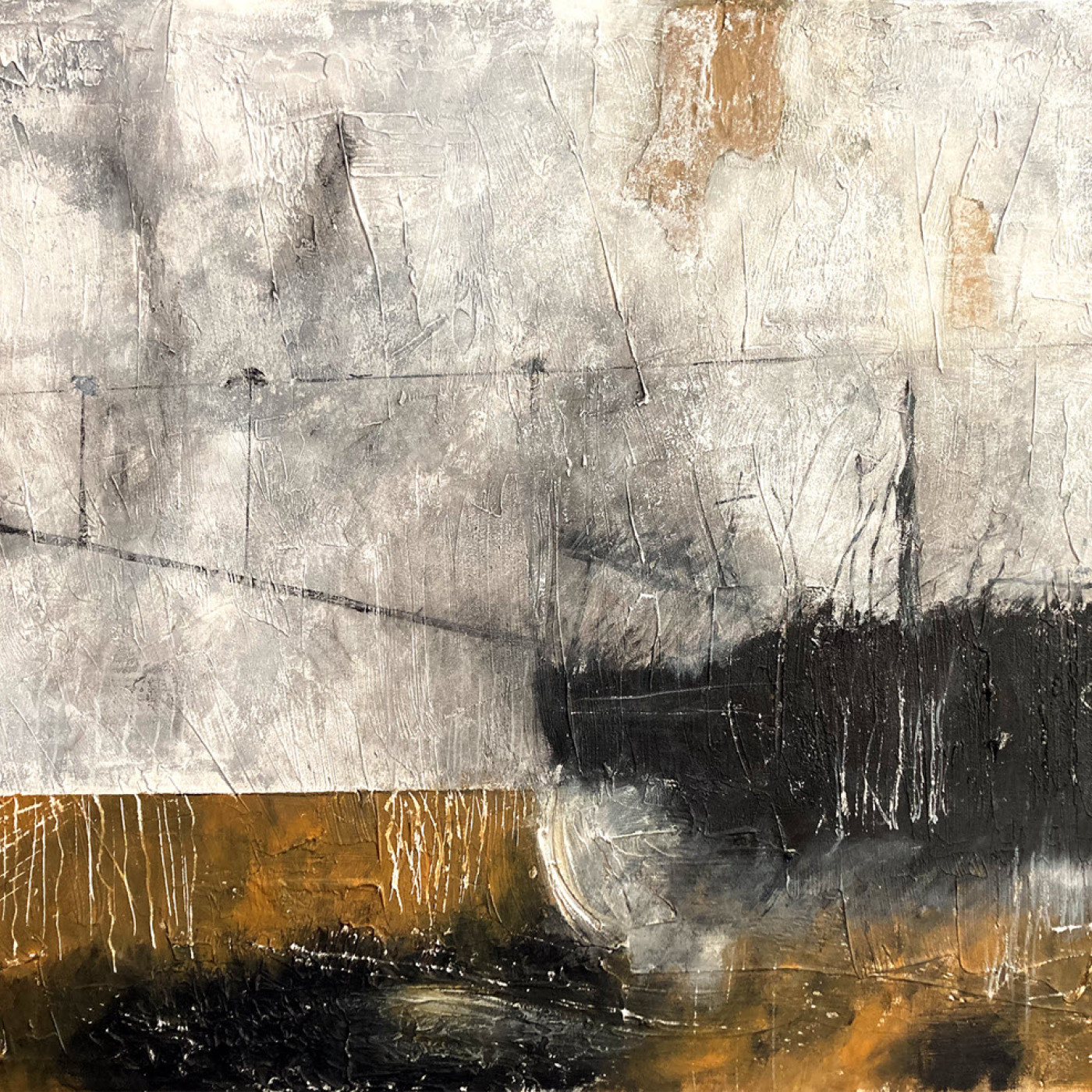
What is the best advice you have received from a fellow artist?
Talk to other artists at the show. They can be very helpful. If you’re a fine artist, do not apply to anything that has “crafts” in the title — more than likely it is not what you are looking for.
Share a show tip you recently implemented from another artist.
Pricing — I’ve had several artists tell me my prices were too low.
Do you have any other comments on this topic?
You may apply to a certain show and do really well and then the next year, you do the same show and may not do well at all. Just be choosy what you apply for.
Sharon Sawyer
Jewelry
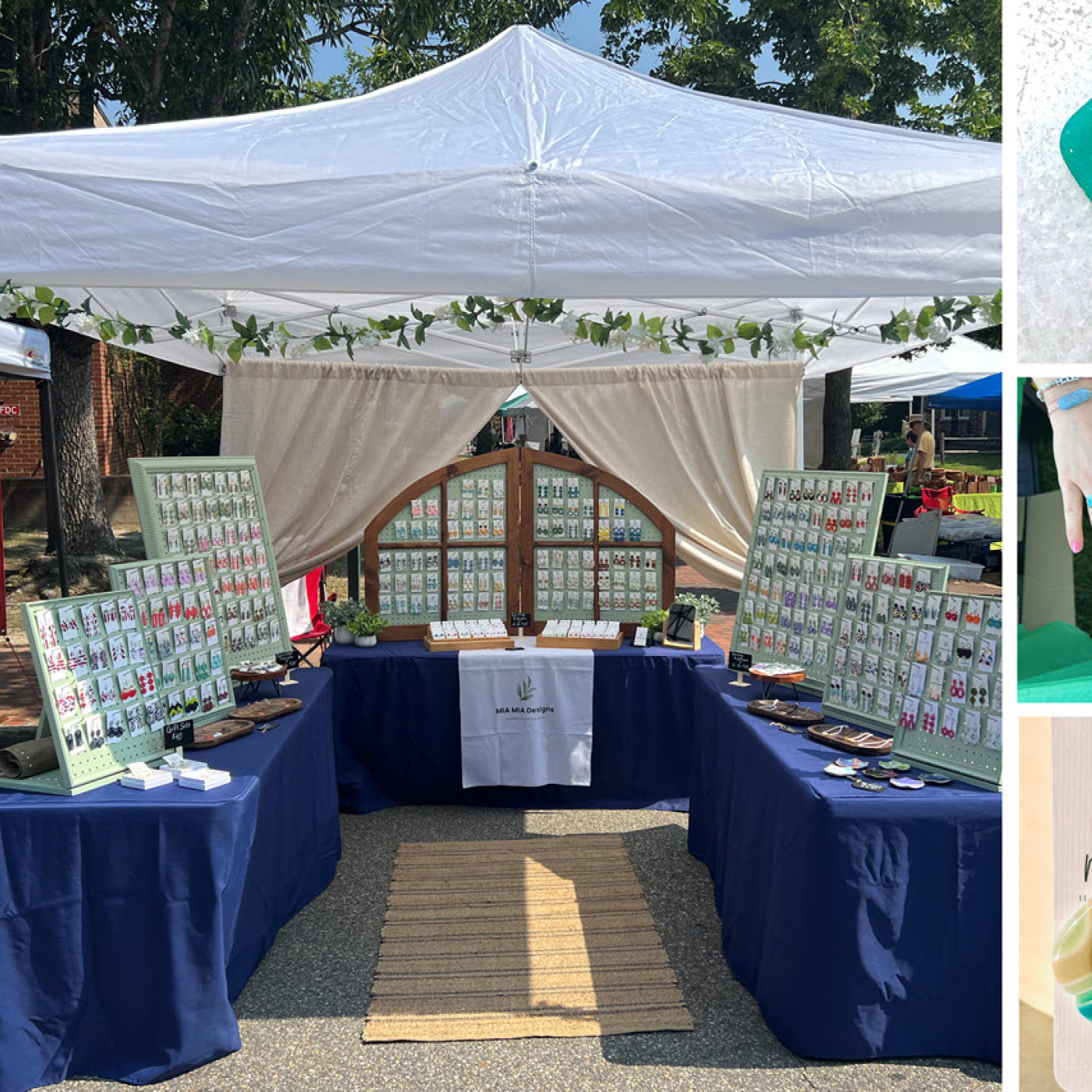
How long have you been doing shows?
A year.
What was the most difficult when you started participating in shows?
I think the most difficult part was finding the shows that were out there. Finding Sunshine Artist and a couple other applications has made it much easier to find shows to participate in.
How did you overcome that challenge?
Speaking with fellow artists and a lot of research.
What is the best advice you have received from a fellow artist?
Some of the better shows they have participated in.
Share a show tip you recently implemented from another artist.
When another artist suggests a good show, I keep a log and then go back and research it to see if it’s a good fit.
Do you have any other comments on this topic?
If I am advising a new vendor, I will say that heat and cold can be hard. Make sure to invest in a good tent and fans and heater.
Christina Roselle
Leather, Fabric
How long have you been doing shows?
Five years.
What was the most difficult when you started participating in shows?
Finding the correct event. If it is not a juried show, it is not going to be profitable for me.
How did you overcome that challenge?
I participated in fairs that I thought had hope and fell flat.
What is the best advice you have received from a fellow artist?
Invest in a good tent. Have high tables for shoppers to not have to bend over. Make sure the tablecloths reach the ground and are made of quality materials and are not wrinkled.

Share a show tip you recently implemented from another artist.
Don’t sit reading and definitely don’t sit inside looking forlornly out as passersby. Stand, step away, know the exact time to engage with a shopper. Don’t look desperate. Act as though it doesn’t matter whether or not they buy. Make it their decision — one that they will be glad they did invest in your work.
Do you have any other comments on this topic?
Be prepared for all kinds of weather. It’s not easy doing this alone — best if you have someone with you but not another artist. Usually, you are not allowed to share a tent.
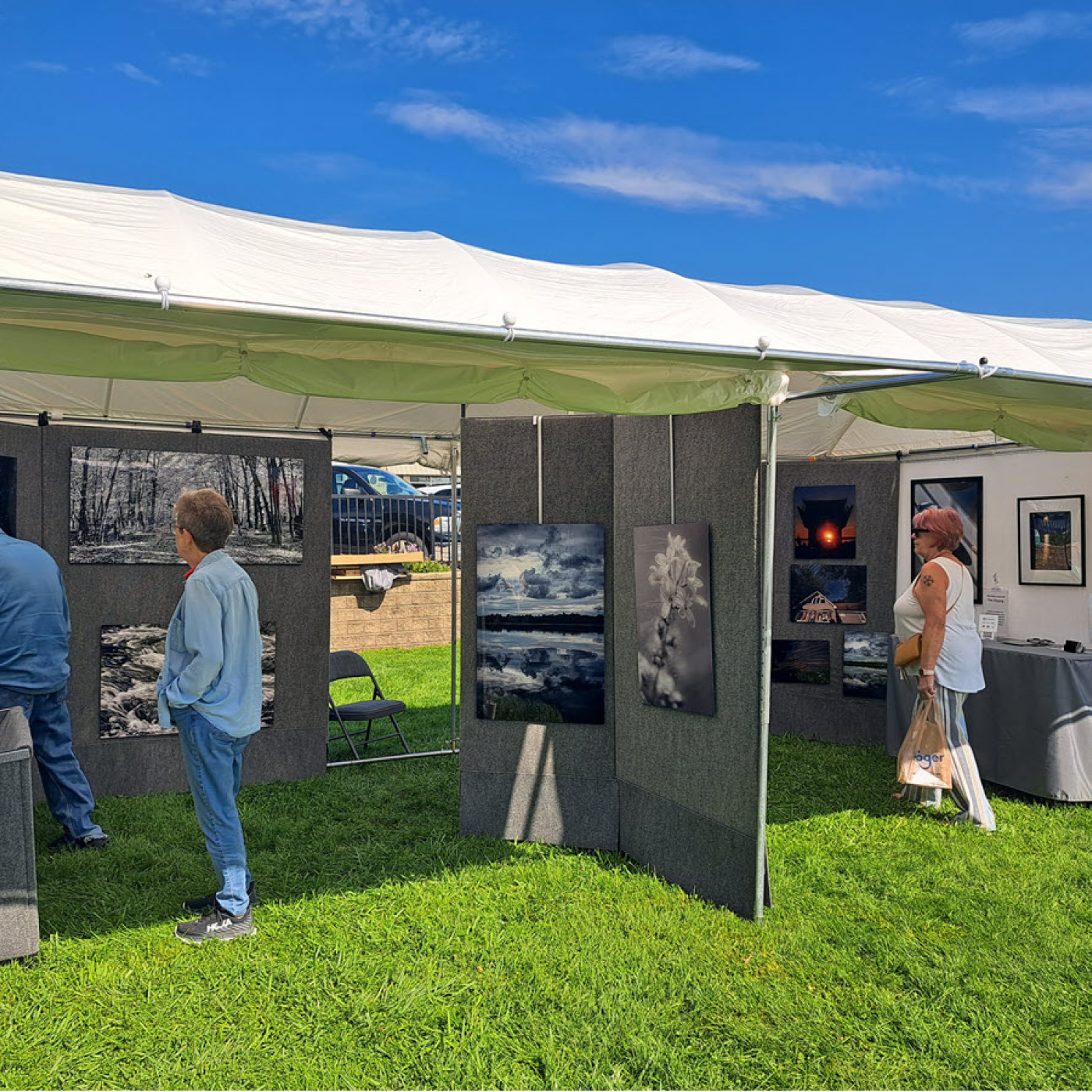
Laura Higle
Photography
How long have you been doing shows?
This is my fifth year.
What was the most difficult when you started participating in shows?
The application process requires sending images of one’s products. It took me a while to figure out how to send images of my photographic work. Also, it took me a while to learn what jurors were looking for in booth images. I’m also still figuring out my pricing.
How did you overcome those challenges?
If I didn’t get accepted to a show, I would request feedback and use that to learn from. I also would then use my own “editing eye” and artistic sense to critique my booth and continue to make it better. As for submitting photography products, I just started submitting the original jpg file, and it seems to work out well. As for pricing — I’m finally freeing myself to ask, “How much do I need to make this worthwhile?” That’s guiding me these days. But it took me several years to understand the market, the demand, and different price points. I suspect I’ll continue to learn about this.
What is the best advice you have received from a fellow artist?
When I was first starting out, strong and accomplished vendors would share, “You shouldn’t be in this show. You should look at ‘a,’ ‘b,’ ‘c’ and apply there.” And they were right! Once I had the confidence to do that, I was accepted, and it opened a much better market for me. I’m still developing this.
Share a show tip you recently implemented from another artist.
When developing the booth, focus on symmetry, consistency, use of pro panels, and upper-end tents. Amazing how much it has impacted sales. Truly makes a difference. Same show — one year apart — resulted in three times the amount of sales when I did these booth changes.
Do you have any other comments on this topic?
A good friend of mine started doing shows earlier than I. While highly talented, she did not edit what she brought to shows. That is, she brought everything, and her space was very packed and tight. It was too hard for people to become absorbed in the art, too hard for people to spend time developing a relationship with the art and have the space to talk themselves into pulling the trigger. I’ve used this to motivate me to continually critique my setup, watch how people respond to my booth and my work, and trust my gut as I seek to understand how to help the viewer/prospective buyer/my next customer become attached to my work and bring it into their home. I would suggest we all could benefit from making sure we are grounded enough to have our own gut response and trust that.
Robert Graustein
Candles
How long have you been doing shows?
Nine years.
What was the most difficult when you started participating in shows?
Understanding how to attract customers to our table/booth, which evolved into how to create the best booth display and customer experience for what I was trying to showcase with my products.
How did you overcome those challenges?
Doing a lot of different shows, actively interacting with customers, listening to their feedback, and watching their reactions, observing other vendors’ booth setups and discussions with them, and searching online on Pinterest and other sites.
What is the best advice you have received from a fellow artist?
Smile and converse with every customer — even the rude ones — and to approach each customer as a lifelong customer, not as a one-time sale.
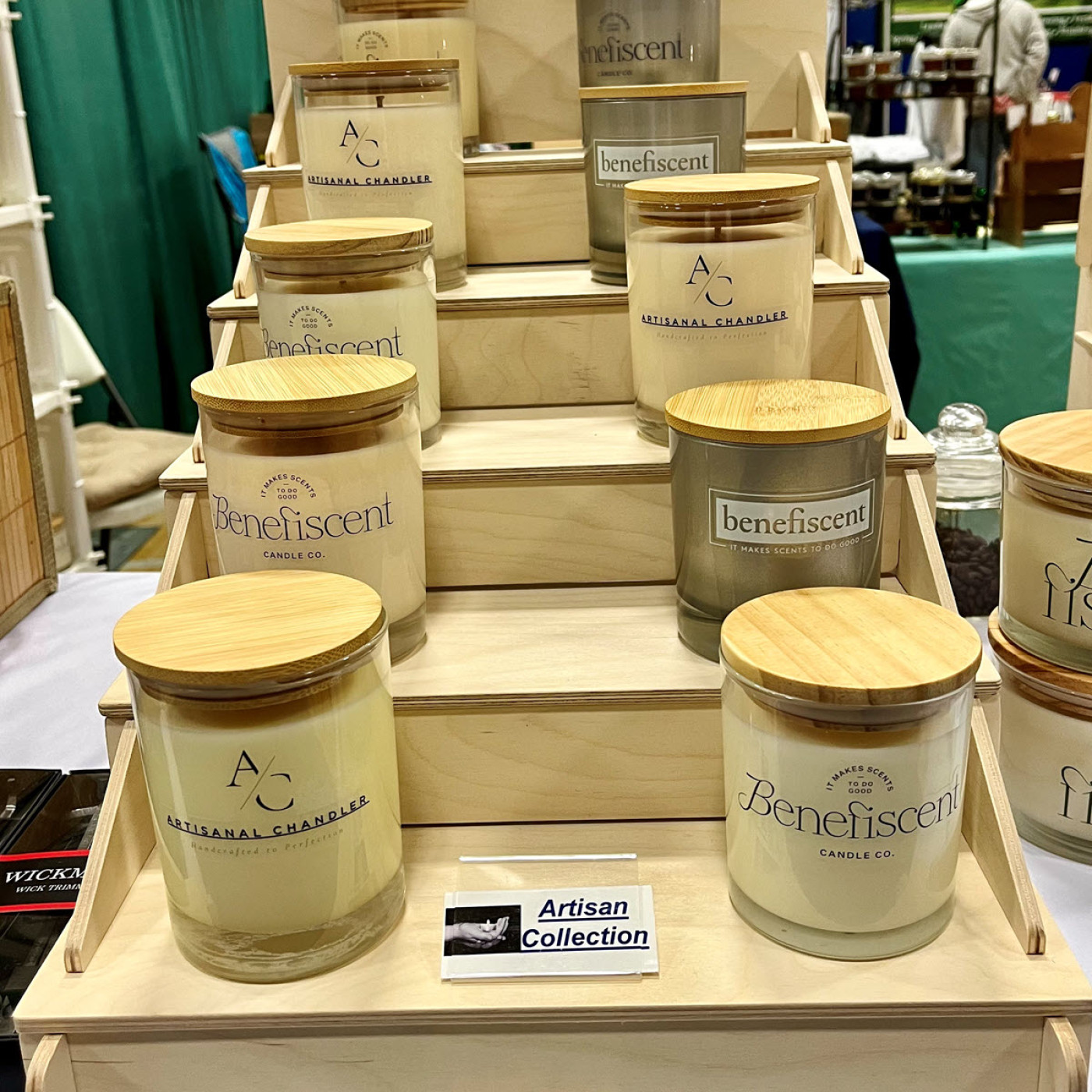
Share a show tip you recently implemented from another artist.
Using vertical space in my booth setup, not just linear space. Also, better use of signage.
Do you have any other comments on this topic?
Do shows that attract the right type of crowd for your product offering. For instance, I never do a show where they are selling funnel cakes and have loud music. That’s a street fair, and people aren’t there to buy your products. They’re there to entertain their children.
Matt Buschert
Wood Crafts
How long have you been doing shows?
Seven years.
What was the most difficult when you started participating in shows?
Coming up with a business name, logo.
How did you overcome those challenges?
Friends and a graphic designer.
What is the best advice you have received from a fellow artist?
Just keep doing what you love.
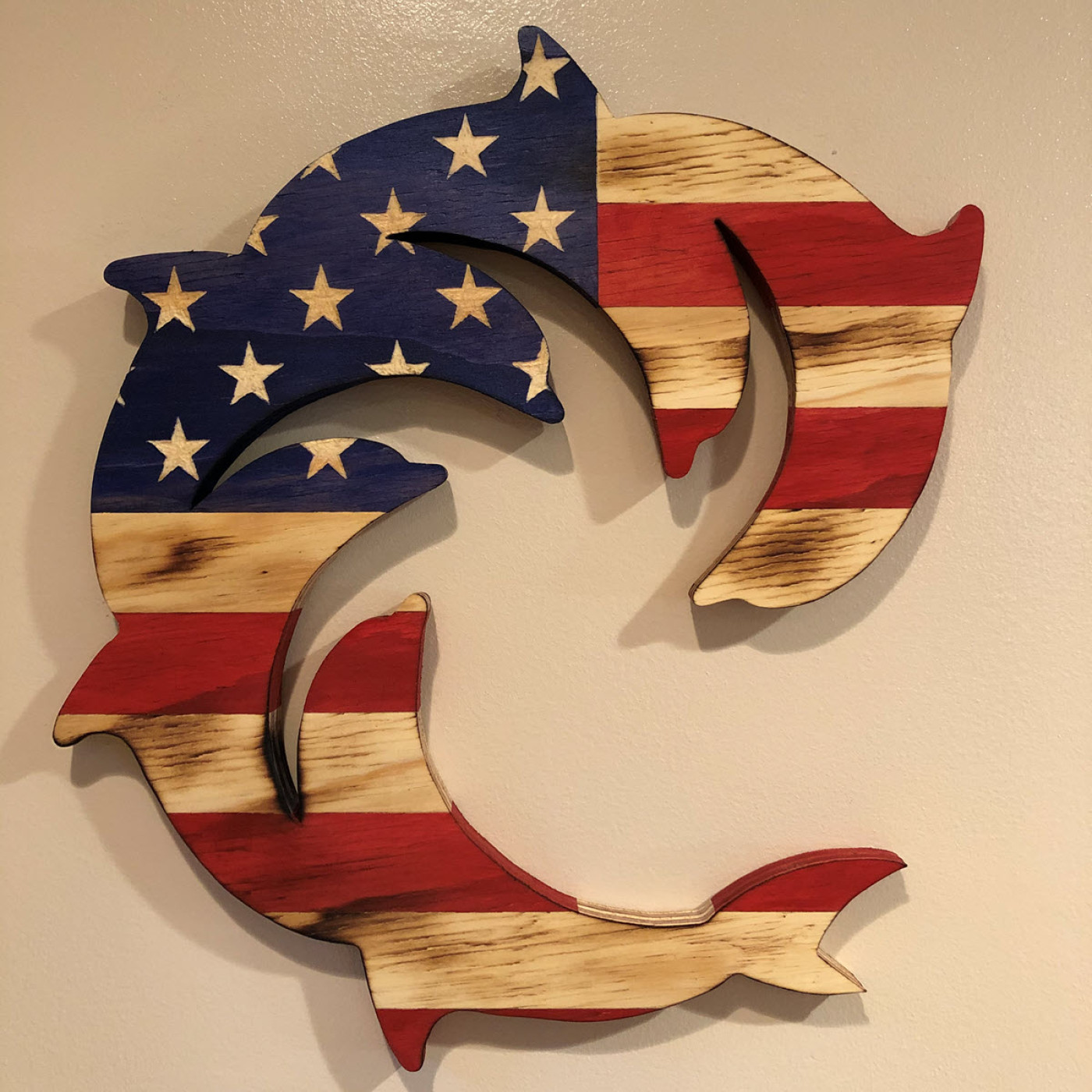
Mark Butts
Acrylic
How long have you been doing shows?
Last year was my first since the ones I did after I graduated college in 1979.
What was the most difficult when you started participating in shows?
Some of the things in the application process are difficult for me and even older artists that I talk to at shows. I have not applied to certain shows because of that.
How did you overcome that challenge?
I try to seek advice from younger artists, but it’s still difficult.
Laura Hendrie
Mixed Media
How long have you been doing shows?
Five years.
What was the most difficult when you started participating in shows?
What has been most difficult for me has been the long wait after applying for shows for the final jury results. It is very difficult to try to plan out your seasonal shows when many have such a long waiting period to be notified. This then requires me to have to apply to several shows for the approximate same dates so that I can plan out my season accordingly. It’s very frustrating waiting on those venues to make a decision. It really puts us vendors in a very difficult place.
How did you overcome that challenge?
By applying to multiple shows in hope of securing a space.
